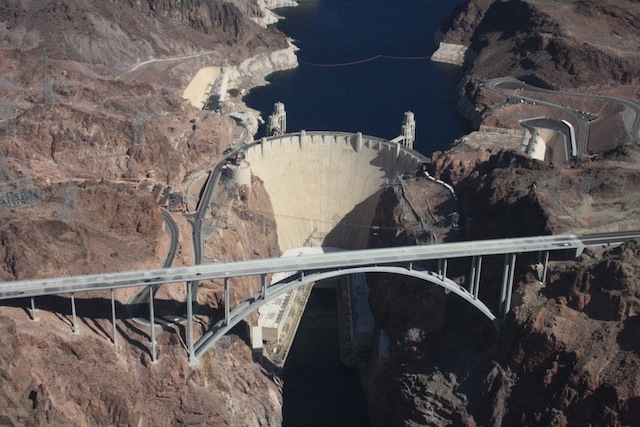If you were to rewind ArtReview perhaps 60 years, you’d find this very column (or something like it) written by Reyner Banham. Big beard, tweedy jackets, folding bike, Banham was both journalist and academic, the ‘historian of the immediate present’ whose fascination with pop culture and technology was in part the fuel that powered the Independent Group, early British Pop art and then the radical architecture of Archigram. Banham’s pieces took on the kandy-kolored postwar world, the chrome-finned and automated, the glowing and the animated.
Which meant also an incredible fascination with America. America as the source, certainly in 1950s Britain, of a future that promised such easy pleasure, maxed-out leisure. For Banham, this consumer paradise was the fulfilment of a Modernism that he had cast as originating with the Futurists but now residing on the American West Coast; singed by the Second World War, but now dangling its feet in the Pacific.
Banham’s perception of America might have been rose-tinted – rose-saturated, rather – and you can see just how awkward his excitement made him in the 1974 BBC documentary Reyner Banham Loves Los Angeles, as he orders an ice cream sundae at a drive-through diner, sitting in the back of a convertible, with Ed Ruscha (one of the ‘local talents’) in front. But it was perhaps this very distance from his subject (it was only much later, and in the far less glamorous city of Buffalo, New York, that Banham finally got to live in America) that magnified the intensity of Banham’s long-distance love affair.
After all, Banham made the grade with perhaps California’s greatest chronicler (and most lyrical chronicler of California’s infrastructure), Joan Didion. In her own essay on the la freeway system, Didion quoted Banham’s description, in Los Angeles: The Architecture of Four Ecologies (1971), of how ‘the freeways become a special way of being alive… the extreme concentration required in Los Angeles seems to bring on a state of heightened awareness that some locals find mystical’.
And between Banham and Didion, we can piece together an image of America that even then was just about intact. A place in which infrastructure was something to be marvelled at: the sublime Neo-Gothic monumentality of the Hoover Dam, the hydraulic intricacies of the California water system, the baroque spatialities of the highway system. America – at least the physical fabric of constructed America as one machinic system – was still in motion. And it was a motion that was still driven by the kinetic energy of Manifest Destiny, even of the new Edenic dreams of the early European settlers.
But fast-forward to the present and we find a nation whose infrastructure feels in a ruinous state, a country whose roads are crumbling, whose bridges are on the point of collapse and whose water supply – as in Flint, Michigan – carries poisons and toxins. This kind of physical American infrastructure is in freefall, its concrete cracked and its steel rusting. Right at the same time, the invisible, digital infrastructure is emerging.
This super-high-tech new world of digital networks, of driverless cars, of transport managed by algorithms, of networks connecting millions of devices, has been born almost entirely in the private sector. So it is with the rise of the autonomous vehicle: high-tech combinations of hardware and software being developed by the digital behemoths Google, Apple et al. As they learn to navigate the road systems eulogised a generation before, they overlay a private network (of maps and navigation systems) onto the preexisting collective space of infrastructure.
The infrastructure of highway, water and power is a particular kind of space. It’s one that literally connects us, forms a very distinct public sphere where we as citizens exist as equals. Now, though, our new digital systems are privately owned rather than state-backed, and address not the collective but the individual. The powers of Uber, for example, are directed not at ‘mass transit’ (as Americans quaintly term public transport), but at individual demand. And profit – which also means investment – is privatised too. If, like Isaac Newton, we ‘stand on the shoulders of giants’, we can say now that the new individual worlds of digital infrastructure stand on the shoulders of the publics of the past.
To witness the polarisation of this public/private realm, one only has to see the expensive Louboutins that trot over the collapsing road surfaces of New York’s Chelsea. Here in miniature is contemporary American infrastructure: finely crafted vessels of individuality navigating the ruins of the public realm.
This article first appeared in the May 2016 issue of ArtReview.
